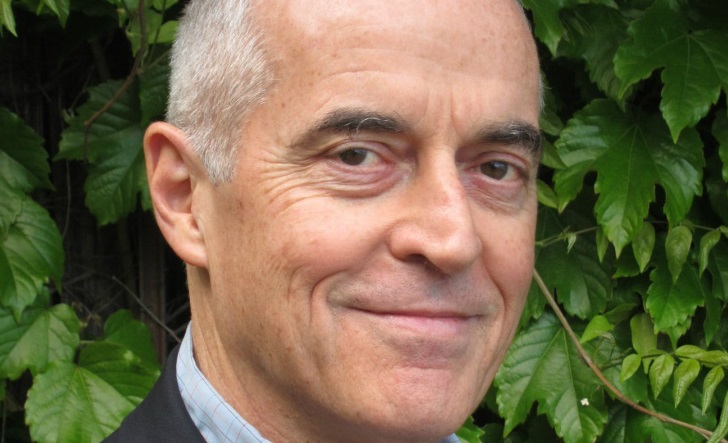“Fake news” may end up being the buzzwords that defined 2016, but we’re not done hearing about them just yet. Digital publishers and advertisers are grappling with their civic responsibility in the wake of the controversy.
Former CBS News President Andrew Heyward will lead a town hall session at the IAB Annual Leadership Meeting in Hollywood, Fla., later this month, where industry leaders will explore the progressively intricate relationships and partnerships between and among platforms and publishers. Heyward, a visiting scholar at MIT’s Laboratory for Social Machines, is part of a team that used machine learning and big data analysis to map out the social media conversations around the presidential election in a project called The Electome.
He told SmartBrief what he learned from that experience, as well as what he hopes to explore with advertisers at the IAB meeting later this month.
How is advertising being affected by the digital changes afoot?
The evolution that we’ve seen over the last couple decades is from context being the driver of advertising strategy to advertisers targeting consumers directly. Now, context is reasserting itself because there has been such an erosion of trust in journalism and in sources of information. There’s a blurring of the lines that makes it very hard for consumers to know what to believe or why. That’s not good for the publisher or the advertisers.
Why are advertisers losing out in this equation?
If you and I had a company and we were advertising it, we would want the advertising to meet the three Rs: relevance, resonance, and reliability. Relevance means it’s useful to the consumer, a product that they would actually want. Resonance means it touches them in some way, or it elicits an emotion. The last piece, reliability, is what’s getting the scrutiny now. If you want to be relevant, resonant, and reliable, I think there are new challenges to that.
Does the trend towards native advertising suggest advertisers want to blend in as much as possible?
My job is to hear what the executives attending the IAB town hall say, but I feel that advertisers do have to worry about credibility. There’s an irony there, because for native advertising to be effective, it needs to be informative and blend in. That obviously raises the risk of causing confusion.
A Stanford University study recently found that middle school students couldn’t make the distinction between an ad and a news story. I don’t think most advertisers would say that is fine. You want consumers to be good critical thinkers and then embrace your product and your service. It’s not in your interest to be deceptive. That confusion in the mind of consumers needs to be addressed.
There’s also a growing cynicism about all information. That’s one of the ways that fake news is really pernicious. If you don’t feel that you can trust anybody to tell the truth, and you as a consumer don’t have the tools to distinguish between news and propaganda or promotion, you just throw up your hands and say you’re not going to believe anything.
How will marketing evolve with access to greater data about consumer behavior and as technology becomes even more embedded in daily interactions?
We’re going to have more and more customized targeted experiences and more and more opportunities for interactive experiences where the consumer can actually interact with an advertiser’s content and mold it to their interest. Generally, digital technology turns products into experiences, and that increasingly is going to happen with ads. The ultimate effective marketing is going to be co-created between the marketer and the consumer.
What has your work at MIT shown you about where social advertising is headed?
Increasingly, advertisers will have even more sophisticated social listening tools that will allow them to gauge public reaction to their own messages but also to figure out how to create campaigns that are relevant and resonant, and I hope reliable.
There’s an obvious tension you’re already seeing in the discussions about fake news — that the social experience is driven by the customer. Social media enables us to create completely distinctive experiences in our own networks. By definition, there is limited control by the platforms. Now, there’s pressure on the platforms, whether due to fake news or trolls, to create borders around that experience that ensure a certain degree of credibility and/or civility. That tension between consumer empowerment and platform control is going to have to play out over the next months or years.
This interview has been edited and condensed.
For more information about the 2017 IAB Annual Leadership Meeting featuring Heyward’s town hall, visit iab.com/alm.
